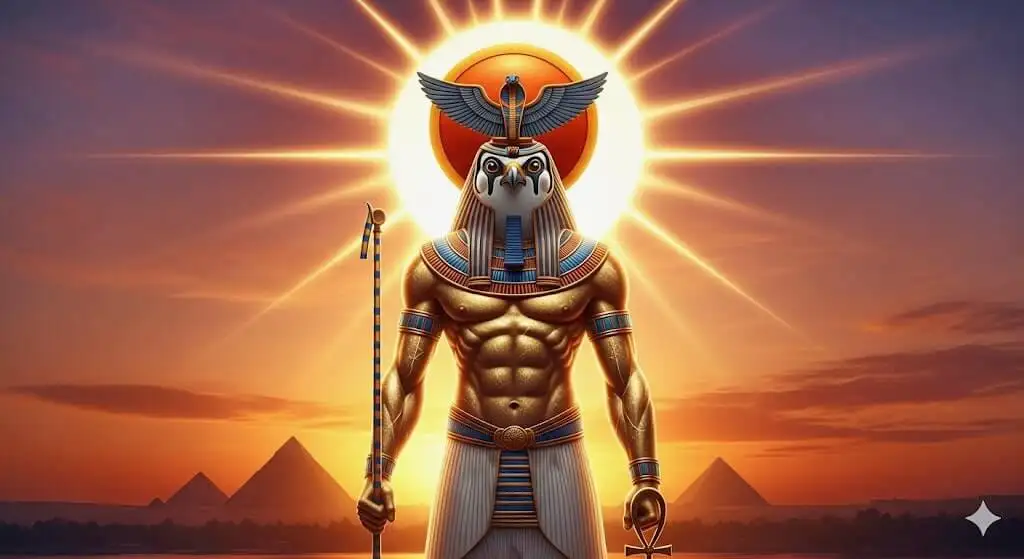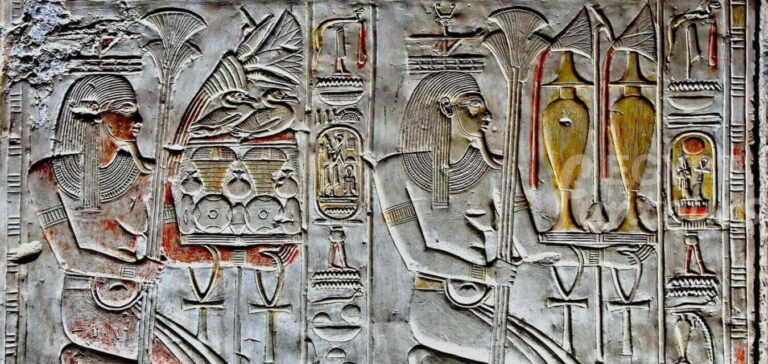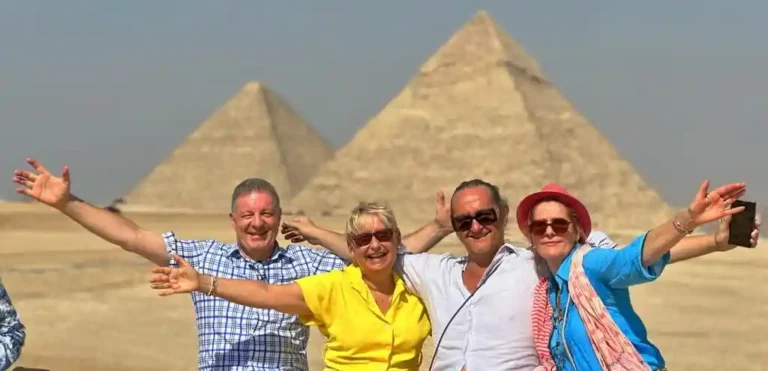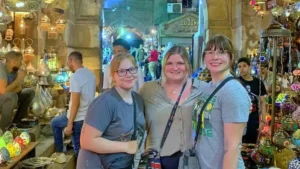For ancient Egyptians, the sun was a divine force. It was the engine of existence. The sun symbolized life, light, order, and rebirth. This is why they chose to worship the sun.
This deep reverence shaped their entire culture. It was woven into their myths, temples, and daily rituals. It even defined their hopes for the afterlife. So, why did they worship the sun?
This article explores the heart of ancient Egyptian sun worship. We will examine the gods who embodied the sun. We’ll look at the revolutionary pharaoh who tried to change this worship. We will also explore the eternal journey the sun promised to every soul.
Lifeblood of the Nile: Why the Sun Was Divine
To understand why the Egyptians did worship the sun, one must look to the land itself. Egypt was, and is, “the gift of the Nile,” an agrarian society flourishing in a harsh desert.
- Source of Life: The sun’s power was undeniable. It made the crops grow after the Nile’s annual flood, nurtured livestock, and provided warmth. Its daily appearance was a guarantee against the darkness and chaos of the night.
- Symbol of Ma’at (Order): The sun’s journey was predictable. It rose (Khepri), peaked (Ra), and set (Atum) with unwavering regularity. This cycle was the ultimate expression of Ma’at—the divine concept of harmony, justice, and cosmic order that Egyptian society strived to uphold. The sun’s daily victory over the night was a metaphor for the triumph of order over chaos.





























